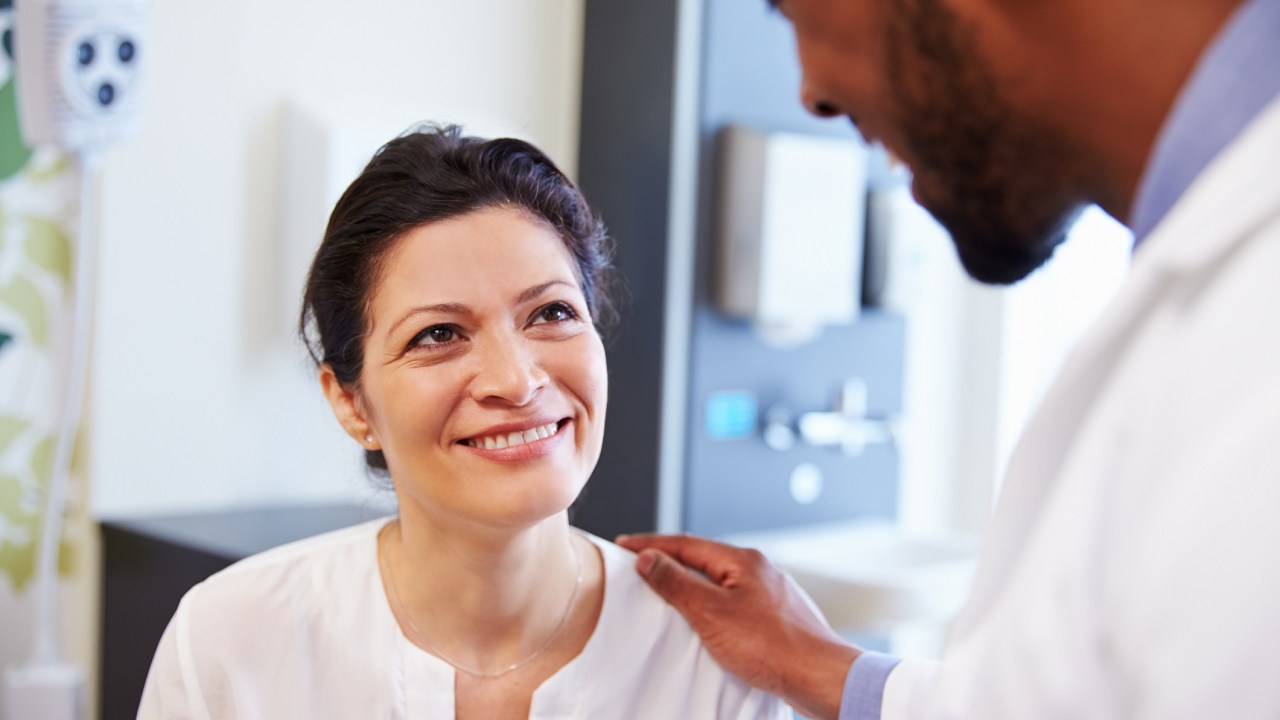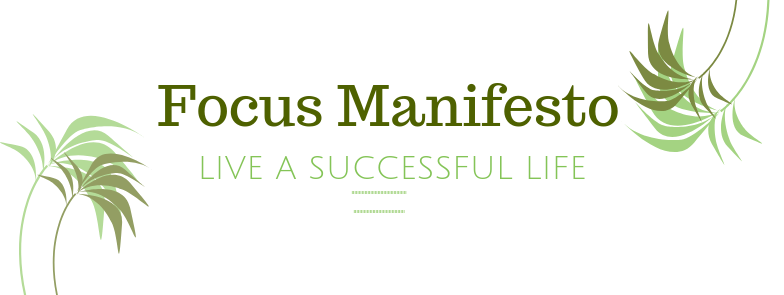
Ovarian induction refers to using hormonal therapy to stimulate ovulation and increase the chances of pregnancy. It involves using drugs historically designed to stimulate ovulation in women who failed to ovulate independently, particularly women with irregular menstrual cycles. You can opt for ovarian induction independently or as an element of other assisted reproductive technologies like in vitro fertilisation and intrauterine insemination. Below is a complete history of ovarian induction.
- The discovery of gonadotropins and their influence on menstrual cycle regulation was the birth of reproductive endocrinology. In 1927, Ascheim and Zondek successfully isolated human chorionic gonadotropin (hCG) from pregnant women’s urine. In 1930, Cole and Hart discovered what is now known as pregnant mare serum gonadotropin (PMSG), leading to the birth of the technique of superovulation. Then methods were developed to superovulate young mice using PMSG and hCG to induce ovulation and estrus. It took 40 years for this technique to be described as an anovulation treatment in humans.
- Early studies that examined PMSG in women were complicated due to the development of antibodies to the gonadotropins, leading to treatment failure. In addition, some patients developed cross-reacting antibodies with their gonadotropins. As such, the development of methods for isolating and purifying human gonadotropins in quantities large enough was a huge milestone in the history of ovulatory dysfunction treatment and ovulation induction. Although experts at the time recognised that follicle-stimulating hormone (FSH) and luteinising hormone (LH) was present in the urine of menopausal women, the urine amount was too high and the extraction method too complicated for urine to be an acceptable source of human gonadotropin. Consequently, attention shifted to obtaining gonadotropins from the pituitary gland.
- Gemzell was the first person to report induction of ovulation using pituitary derived gonadotropins in 1958. Gemzell’s work was confirmed in the US in 1960 by Buxton and his colleagues at Yale University. In their work, induction ovulation was accomplished using pituitary extracts with FSH activity with hCG as a substitute for LH.
- Donini reported human gonadotropin extraction from human menopausal urine in enough quantities and later introduced HMG use for ovarian stimulation as an amenorrhea treatment. Although the extraction process development for urinary-derived gonadotropins offered a safer and easily accessible source of LH and FSH, the product’s purity was still low. Additionally, there were issues with the standardisation of doses from one batch to another. The desire for monotherapy with FSH alone led to Serono developing urinary FSH with less LH activity. This formulation was successful in patients with polycystic ovary syndrome and for superovulation in IVF.
- The first pregnancy that used recombinant human FSH was recorded in 1992 during ovarian stimulation for IVF. Subsequent studies then showed that low-dose FSH allowed safe stimulation of patients with PCOS. Recombinant FSH development offered good advantages to the urine-derived HMG at the time. However, it wasn’t until the development of high-performance liquid chromatography and immunoaffinity purification that urinary-derived gonadotropins could be obtained with fewer levels of copurified non-gonadotropin proteins. As such, this allowed for a dependable standard dose of combined human gonadotropins. Presently, there are many gonadotropin formulations for ovarian induction, recombinant FSH and LH, and combined gonadotropins obtained from the urine. As such, your fertility clinic has excellent flexibility in determining personalised stimulation protocols.


Leave a Reply